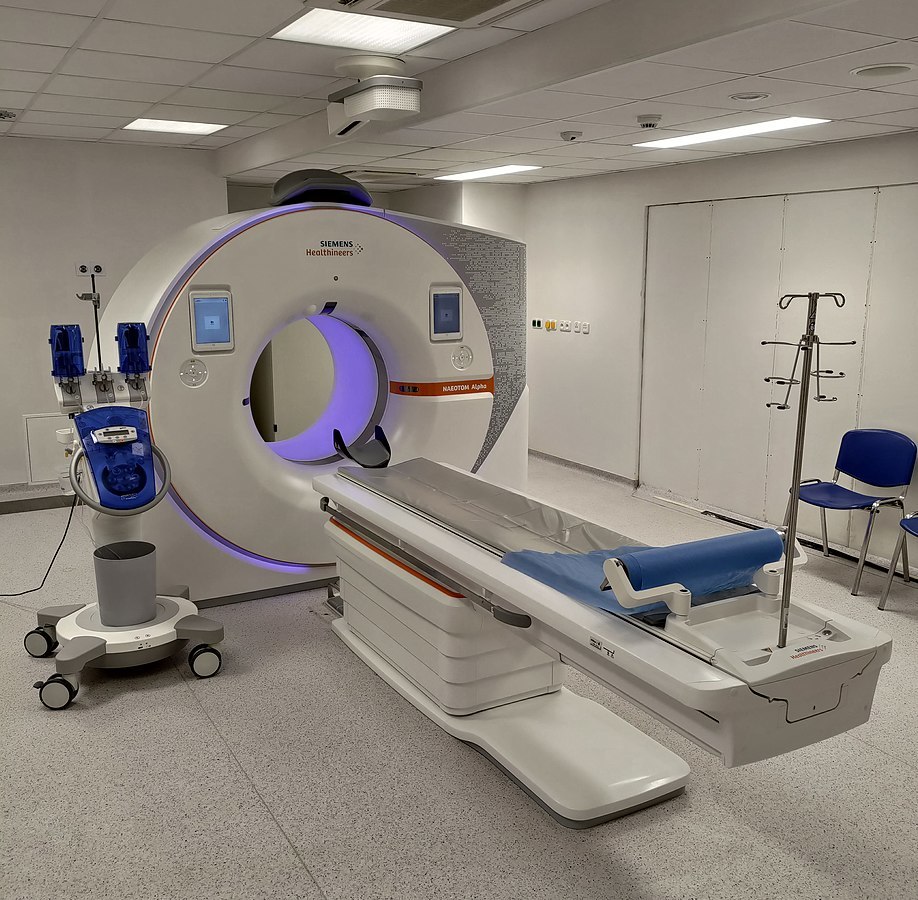
Trusts unite in backing successful extra CT scanner bid

THOUSANDS of people in South East London are to benefit from shorter diagnostic waiting times after a bid for £1.9 million to buy and install a new CT scanner at University Hospital Lewisham (UHL) was given the go-ahead.
The ultra-modern machine will generate extra capacity and deliver more advanced diagnostic capabilities at the Trust, whose radiology service is experiencing an average 6% year-on-year increase in demand for CT imaging.
The business case was developed by Lewisham and Greenwich NHS Trust in partnership with the diagnostics programme team at the APC, which was united in backing the bid.
It is a shared priority within our APC to have two permanent CT scanners per site within South East London where there is an Emergency Department (ED). This successful bid now ensures equality between all three APC member Trusts.
CT activity across the UHL site is currently provided by one permanent scanner, supported by a temporary modular scanner.
Whilst the modular unit provides some additional capacity, this is not sufficient to provide a full CT service. It is not equipped with the technology to perform the breadth of scans required to meet the demands of a busy ED – now responsible for around one-in-three of all scans carried out on-site.
Investing in a second, permanent CT scanner to replace the temporary one was a key strand to UHL’s five-year Radiology Strategy.
Expected to go live by autumn 2023 after enabling works are completed, the new machine will:
- Increase the breadth, speed and image resolution of scans that are taken – as well as reduce patients’ exposure to radiation
- Provide a more steady flow of activity and increased accuracies to reduce the time required to get a definitive diagnosis. This will help improve patient outcomes
- Help to ensure there is enough capacity on site so that a high proportion of scans from wards and ED can be undertaken on the day of request - avoiding any increased length-of-stay due to waiting for a scan. Its better imaging quality will also potentially avoid further invasive testing to establish a diagnosis.
The full business case was approved by the National Imaging Investment Panel.
